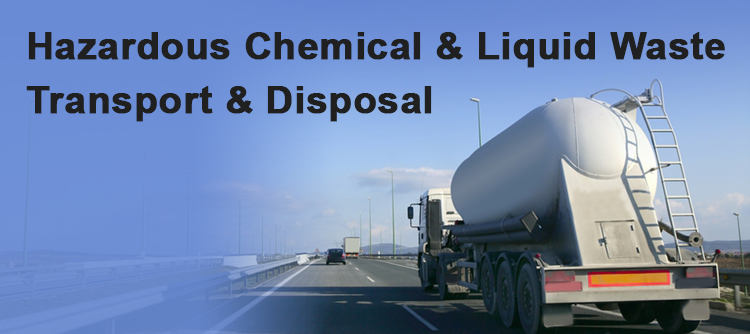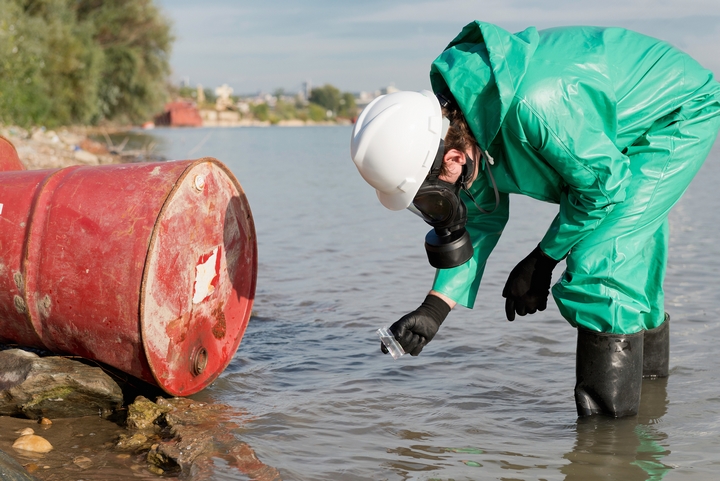Trustworthy Liquid Waste Disposal Melbourne: Safe and Efficient Solutions
Trustworthy Liquid Waste Disposal Melbourne: Safe and Efficient Solutions
Blog Article
Just How Liquid Waste Disposal Functions: An In-depth Review of Methods and Technologies Employed

Overview of Liquid Waste Types
The complexity of fluid waste types demands a detailed understanding of their characteristics and implications for disposal. Liquid waste can generally be classified into a number of types, including commercial, metropolitan, farming, and harmful waste. Each group displays unique residential properties, needing certain monitoring approaches to reduce environmental and health risks.
Industrial liquid waste stems from making processes and frequently contains a series of contaminants, such as hefty metals, solvents, and organic substances. Community fluid waste, mainly comprising wastewater from households and business establishments, consists of natural issue, nutrients, and pathogens (industrial wastewater treatment). Agricultural fluid waste, including runoff from ranches, may have fertilizers, chemicals, and pet waste, positioning risks to water high quality and communities
Unsafe liquid waste is defined by its poisoning, sensitivity, or potential to trigger damage. Understanding these diverse liquid waste kinds is essential for establishing effective disposal methods and making certain conformity with environmental policies.
Physical Treatment Techniques

Screening is the preliminary step, where larger particles and particles are gotten rid of from the fluid waste utilizing screens or grates. This process safeguards downstream equipment from damages and ensures smoother procedure. Adhering to testing, sedimentation uses gravitational force to different solids from fluids. In sedimentation storage tanks, much heavier particles settle near the bottom, forming a sludge layer, while the clarified liquid can be further treated.
Filtration is an additional crucial technique that includes passing the fluid via porous materials, such as sand or membrane layers, to capture smaller sized particles. This step enhances the top quality of the liquid, making it ideal for subsequent therapy processes.

Chemical Treatment Strategies
Chemical treatment methods are important for properly handling fluid waste, especially in attending to liquified and colloidal contaminants that physical techniques may not properly remove. These methods make use of various chemical representatives to neutralize, precipitate, or change hazardous compounds right into less damaging kinds.
One common technique is coagulation and flocculation, where chemicals such as alum or ferric his explanation chloride are contributed to advertise the aggregation of suspended fragments. This procedure enhances sedimentation, permitting less complicated elimination of the resulting sludge. Additionally, oxidation processes, using representatives like chlorine or ozone, are employed to break down complicated natural substances and pathogens, rendering the waste much safer for discharge or additional therapy.
Neutralization is an additional crucial method, which changes the pH of acidic or alkaline waste streams to neutral degrees, protecting against potential harm to downstream systems and the environment. Additionally, progressed oxidation procedures (AOPs) make use of mixes of oxidants and ultraviolet light to weaken relentless pollutants, achieving a higher level of treatment efficiency.
Biological Treatment Processes
Organic therapy procedures play an essential role in the management of liquid waste by utilizing microorganisms you could try here to break down natural matter and minimize contaminant degrees. These procedures can be extensively categorized into aerobic and anaerobic treatments, each using details microbial areas to attain efficient waste deterioration.
Cardiovascular treatment involves using oxygen to promote the breakdown of natural products by germs. This process is typically executed in activated sludge systems, where oygenation containers supply a helpful environment for microbial growth, resulting in visit the site the oxidation of organic toxins. The resultant biomass can be separated from dealt with effluent with sedimentation.
On the other hand, anaerobic treatment takes place in the lack of oxygen, relying upon different microorganisms to break down natural issue. This method is particularly useful for high-strength waste, as it produces biogas, a renewable power source, while lowering sludge production. Technologies such as anaerobic digesters are frequently utilized in municipal and commercial applications.
Both cardiovascular and anaerobic biological therapies not only decrease the environmental influence of liquid waste yet also promote resource healing, making them vital parts of sustainable waste monitoring techniques. Their effectiveness, performance, and adaptability support their widespread application across various sectors.
Emerging Technologies in Disposal
Ingenious techniques to fluid garbage disposal are rapidly advancing, driven by innovations in innovation and an increasing emphasis on sustainability. Amongst these emerging technologies, membrane bioreactors (MBRs) have gained traction for their ability to combine biological therapy with membrane purification, resulting in premium effluent that can be recycled in different applications. MBRs enable smaller footprints and extra efficient operations compared to standard systems.
An additional promising advancement is the usage of anaerobic food digestion integrated with nutrient recovery technologies, which not just deals with liquid waste however additionally generates biogas and recuperates useful nutrients like nitrogen and phosphorus. This twin benefit improves resource performance and lowers environmental impact.
Furthermore, advanced oxidation procedures (AOPs) are being taken on for the destruction of intricate natural contaminants. These approaches use effective oxidants and stimulants to damage down pollutants at the molecular level, offering an extremely reliable solution for tough waste streams.
Additionally, the assimilation of man-made intelligence and equipment discovering in waste monitoring systems is enhancing operational performance and anticipating upkeep, resulting in minimized expenses and boosted environmental compliance. These technologies show a substantial change in the direction of more sustainable and effective liquid waste disposal methods.
Conclusion
In final thought, effective liquid waste disposal necessitates a thorough understanding of different techniques and innovations. By constantly advancing these methods, it comes to be feasible to attend to the growing obstacles associated with fluid waste, ultimately contributing to environmental security and source healing.
Liquid waste disposal is a vital element of environmental administration, calling for a thorough understanding of various techniques and innovations customized to different waste kinds. Fluid waste can broadly be categorized right into several kinds, including commercial, community, agricultural, and unsafe waste. Agricultural fluid waste, consisting of runoff from farms, might contain fertilizers, chemicals, and pet waste, posturing threats to water top quality and ecosystems.
Numerous physical therapy techniques play an essential duty in handling fluid waste successfully - industrial wastewater treatment.In final thought, effective liquid waste disposal demands a thorough understanding of numerous methods and technologies
Report this page